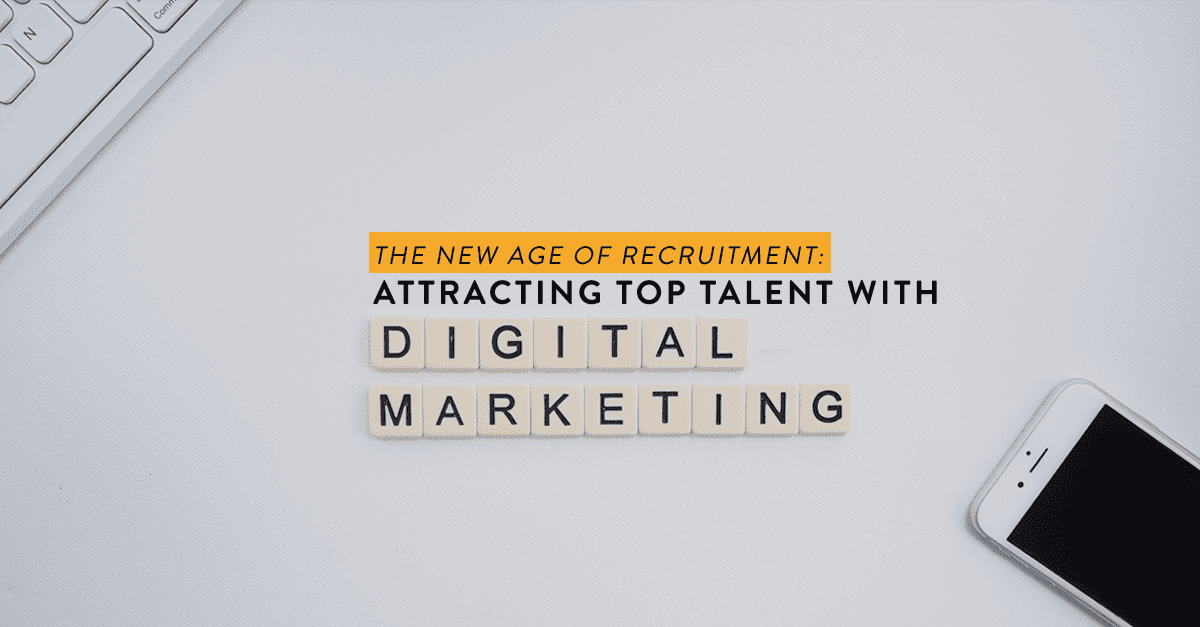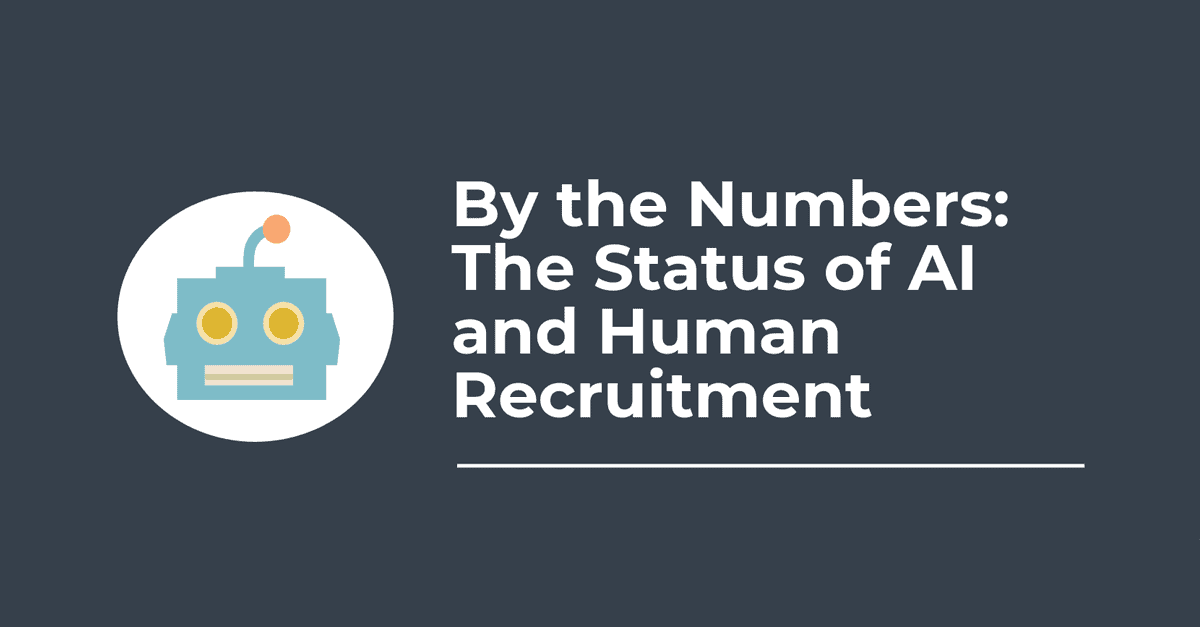Are you on the lookout for top talent to hire in your organization? Don’t get too complacent and think that there is an unlimited supply of top-notch candidates out there. The recent years have proven that the global economy is generating jobs at a much faster pace.
Thus, today’s talent-driven economy has prompted stiff competition for top talent in various industries. Attracting top-quality employees who are looking to stay in the organization for the long haul is the ultimate goal of any recruiter.
Recruitment Challenges of a Talent-Driven Economy
There is a convergence of forces that are creating challenges to an employer’s ability to attract and retain top talent. The HR and recruitment field need to work around with these challenges to actively participate in the competition for top talent.
According to Social Talent, an online recruitment training solution, several recruiting challenges have made it harder for organizations to entice talented candidates to join their firm:
A, Adapting to the new job market
One of the biggest challenges that companies face in their recruitment efforts is that they do not behave as if they are already living in a candidate-driven market. The demand to fill vacancies are far outstripping the supply in candidates for many different industries today.
For the recruitment team, this means that they are experiencing an increasingly demanding and competitive talent-driven market where recruiters from other firms are also vying for the same candidates.
This is why recruiters who still use old-school hiring practices are at the risk of losing the opportunity to get in touch with potential candidates. Furthermore, they are also more likely to miss out on attracting top-notch applicants at the beginning of the hiring process.
Nowadays, candidates who are not actively looking for positions will not be receptive to cold calling or reading irrelevant recruitment emails. This simply shows that recruiters need to go beyond the traditional hiring strategies to pique a candidate’s interest.
B. Retaining millennials and the Generation Z workforce
Employees are said to be the lifeblood of an organization. Without them, the company will simply cease to exist. A new generation of workforce is now driving the bottom line of an organization. These are the millennials and the Generation Z (Gen Z) workforce.
As more baby boomers begin to retire, millennials and the Gen Z workforce are expected to dominate the global working landscape over the next two decades. Both millennials and the Gen Z workforce have significantly different characteristics from the previous baby boomer generation.
For one, both of them have a close affinity with the latest technological innovations. They also tend to favor their personal needs more than the company they work for, they want open communication with regular feedback, and they are more comfortable with a fluid career.
Hiring a potential candidate who leaves their position too quickly will reflect poorly on the company’s recruitment team. Additionally, it also increases their workload since they need to find another suitable candidate to fill in the newest vacancy. Recruiters today need to come up with an effective strategy to attract and retain millennials and the Gen Z workforce.
Technology is a recruiter’s secret weapon
Whether you’re a veteran or a newbie in the recruitment field, technology offers recruiters with the right tools to connect with top talent. Companies that are in pursuit of gaining top talent have one thing in common: they have all shied away from traditional recruiting methods.
To gain competitive advantage, organizations need to start getting more creative with their recruitment process. The strategies used by recruiters a decade ago is no longer sufficient to attract the best talent that is out there.
Companies are now focusing on coming up with new and exciting ways to attract the best of the best from all backgrounds, helped in no small part by the advent of technology and the Internet.
Here are some of the latest trends in technology that recruiters need to take advantage of to attract top talent:
- Big Data Analysis
Several decades ago, recruitment used to be a social profession; but recent technological advancements have made it out to be a numbers game too. These days, recruitment professionals firmly affirm that data is now starting to drive new recruitment trends that significantly impacts how companies hire new talent.
Data provides organizations with useful insights that help the recruitment team make informed hiring decisions. Recruiters are now learning how to leverage data and make strategic decisions that will help them find, nurture, manage, and hire top latent.
- Artificial Intelligence
The use of artificial intelligence (AI) is slowly gaining traction in recruiting, and it’s becoming one of the top trends that everybody is starting to get on board with.
Using AI-enabled recruitment software will help automate the process of searching for qualified candidates. It will quickly sift through your network and talent pool to help you get the top candidates that match your criteria.
Other AI-based technologies, like chatbots such as Roborecruiter, will help improve your organization’s candidate engagement. AI chatbots provide an instantaneous response. It also allows employers to stay in touch with potential candidates.
As a result, it will significantly reduce the recruitment team’s workload, particularly on menial and repetitive tasks. It simplifies a recruiter’s job and at the same time, it helps foster a more efficient way to provide a greater candidate experience for the company.
- Social Media Recruitment
Using social networking sites like Facebook, LinkedIn or Twitter to find potential candidates is not a new trend. However, using social media as a referral source is now a crucial tactic to find well-rounded applicants in today’s labor force.
In fact, the Recruitment Process Outsourcing Association noted that over 30% of companies saw an increase in their referral candidates once they have actively engaged in social media recruiting. They also added that referral candidates are often the ones who stick around longer and perform better in their current jobs.
While social media may be a nifty tool in a recruiter’s arsenal, the trick is to not get too carried away in these platforms. It is still essential to build rapport with potential candidates.
Using social media does not mean that you should only tweet about job postings. Keep in mind that social media recruiting also has its own set of best practices, similar to the recruiting process itself.
- Increased reliance on video interviews
The globalized economy shows that the world is more interconnected now more than ever. Tapping into the global talent pool has been made easier with advancements in technology and the Internet. Teleconferencing is one of the technological advancements over the past decade that has enabled and also encouraged telecommuting in the workplace.
According to PC World, a global computer magazine, around 60% of organizations are turning to video interviews for their recruitment practices. Video interviews are starting to make resumes obsolete, and it’s also steering in a new way to screen candidates for their face-to-face meetings.
There are some teleconferencing software such as Zoom, Montage, Interview4, and Jobvite that can record video interviews. This makes it so much easier for the organization’s recruitment team to review and screen qualified candidates.
Get on board the latest trends to get ahead of the competition
With the use of modern recruitment technologies, Sysgen RPO provides competitive staffing and recruiting advantage for your company. We can help leverage recruitment strategies with innovative recruitment methods and top-notch recruitment solutions that can propel your company’s hiring engagements.
From the advancements in AI to reliance on data analytics, Sysgen RPO will make sure that your company remains up-to-date with the latest recruitment technologies to find the best talent for your vacancies.
References:
5 Biggest Challenges Modern Recruiters Face – Social Talent. (2016). SocialTalent. Retrieved 13 March 2019, from https://www.socialtalent.com/blog/recruitment/5-biggest-challenges-modern-recruiters-face
KLOSS, B. (2017). Attraction & Retention: Employer’s Needs–Part I. Employee Benefit Plan Review, 72(2), 14–15. Retrieved from http://search.ebscohost.com.ezproxy.upd.edu.ph/login.aspx?direct=true&db=bsu&AN=125355399&site=ehost-live
Oswal, N. (2018). The Latest Recruitment Technology Trends and How to Really Use Them. PC World. Retrieved 13 March 2019, from https://www.pcworld.idg.com.au/article/633219/latest-recruitment-technology-trends-how-really-use-them/
Reilly, A. (2019). What is the Impact of Technology on Recruitment?. Blog.rpoassociation.org. Retrieved 17 March 2019, from https://blog.rpoassociation.org/blog/bid/330126/What-is-the-Impact-of-Technology-on-Recruitment






















